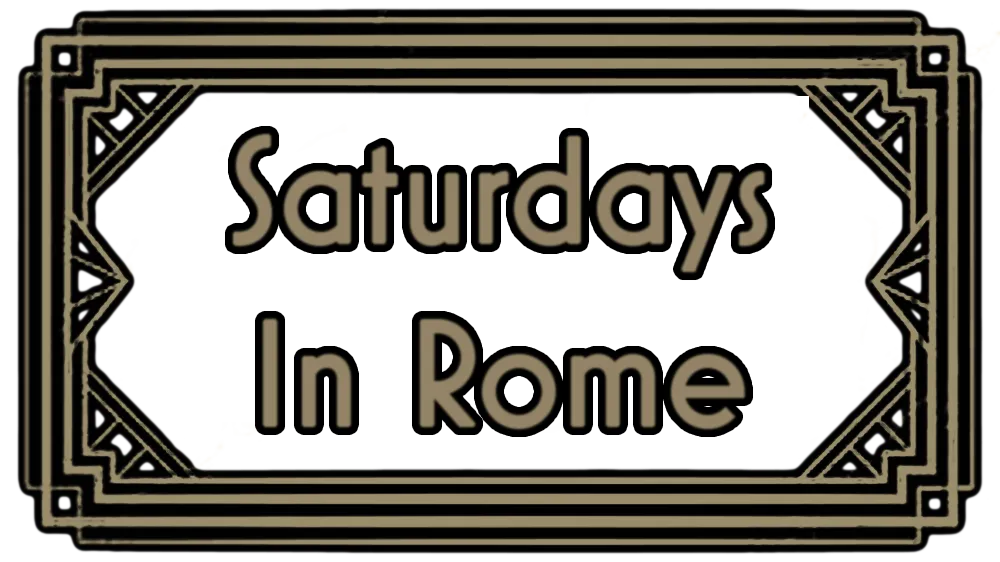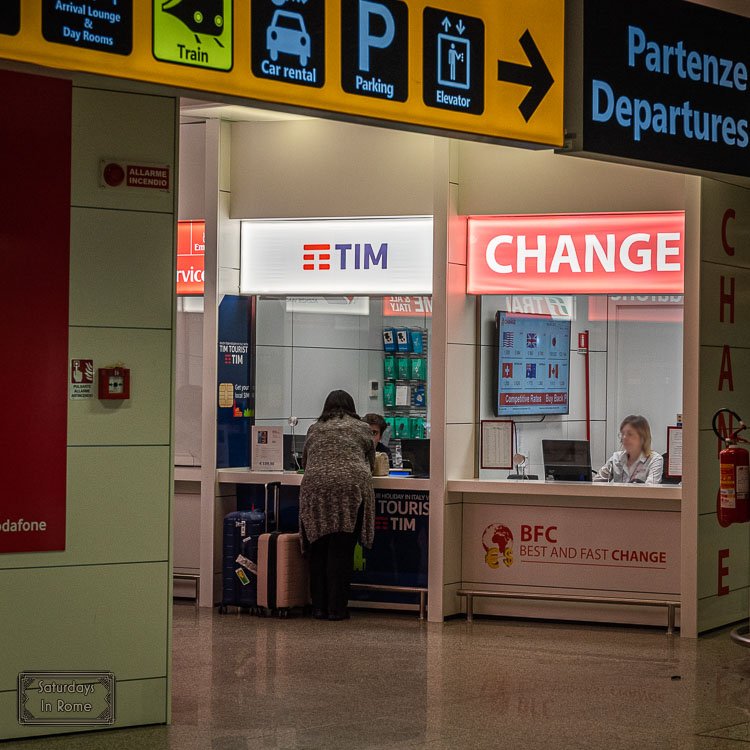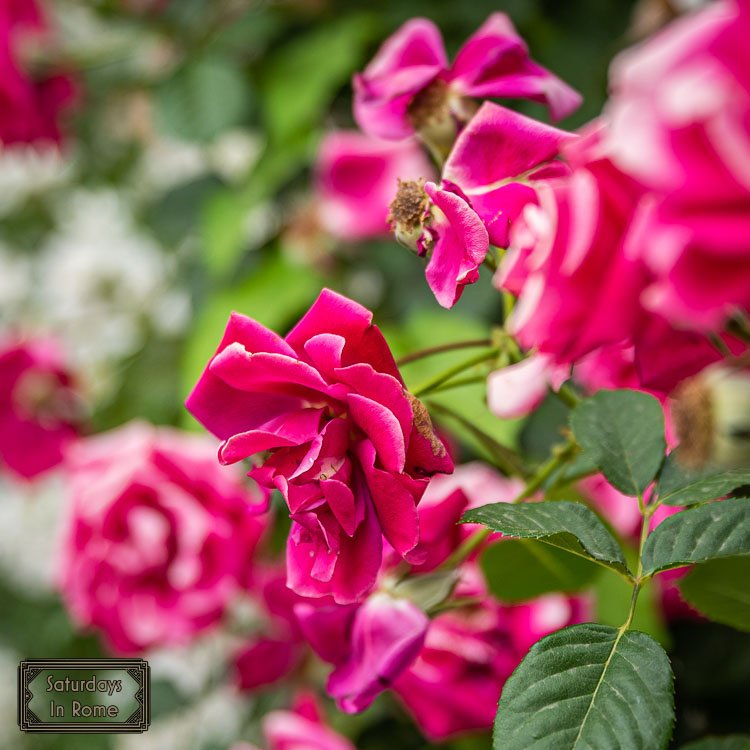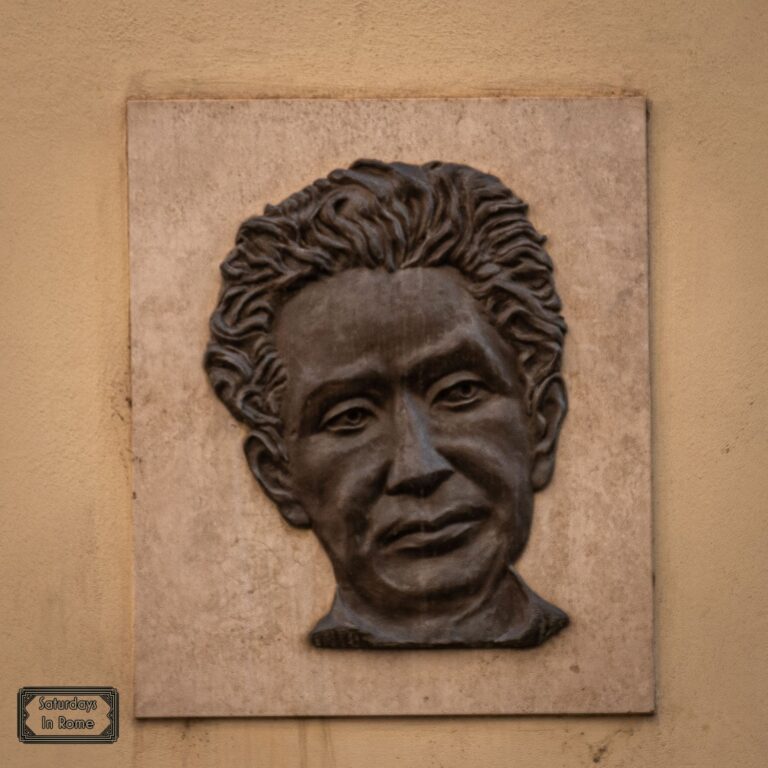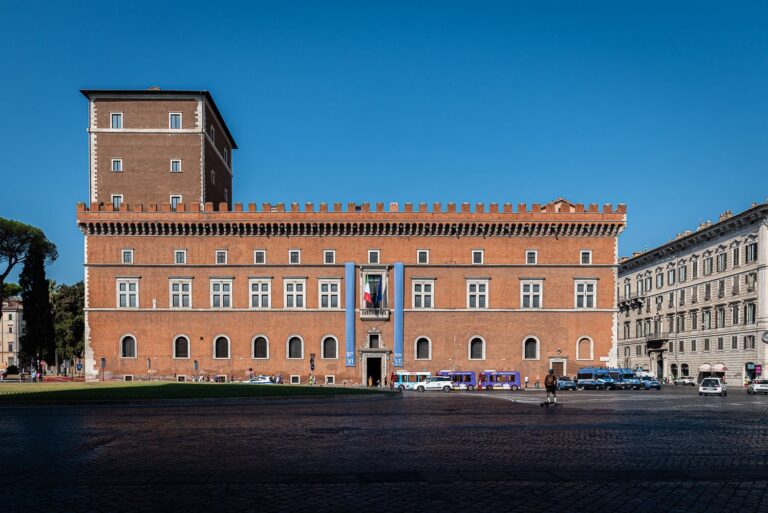Understanding Rome’s Neighborhoods For The First Time Visitor
Are you planning a trip to Rome and wondering which neighborhoods are best for your stay? This definitive guide covers location, sights, dining, and more!
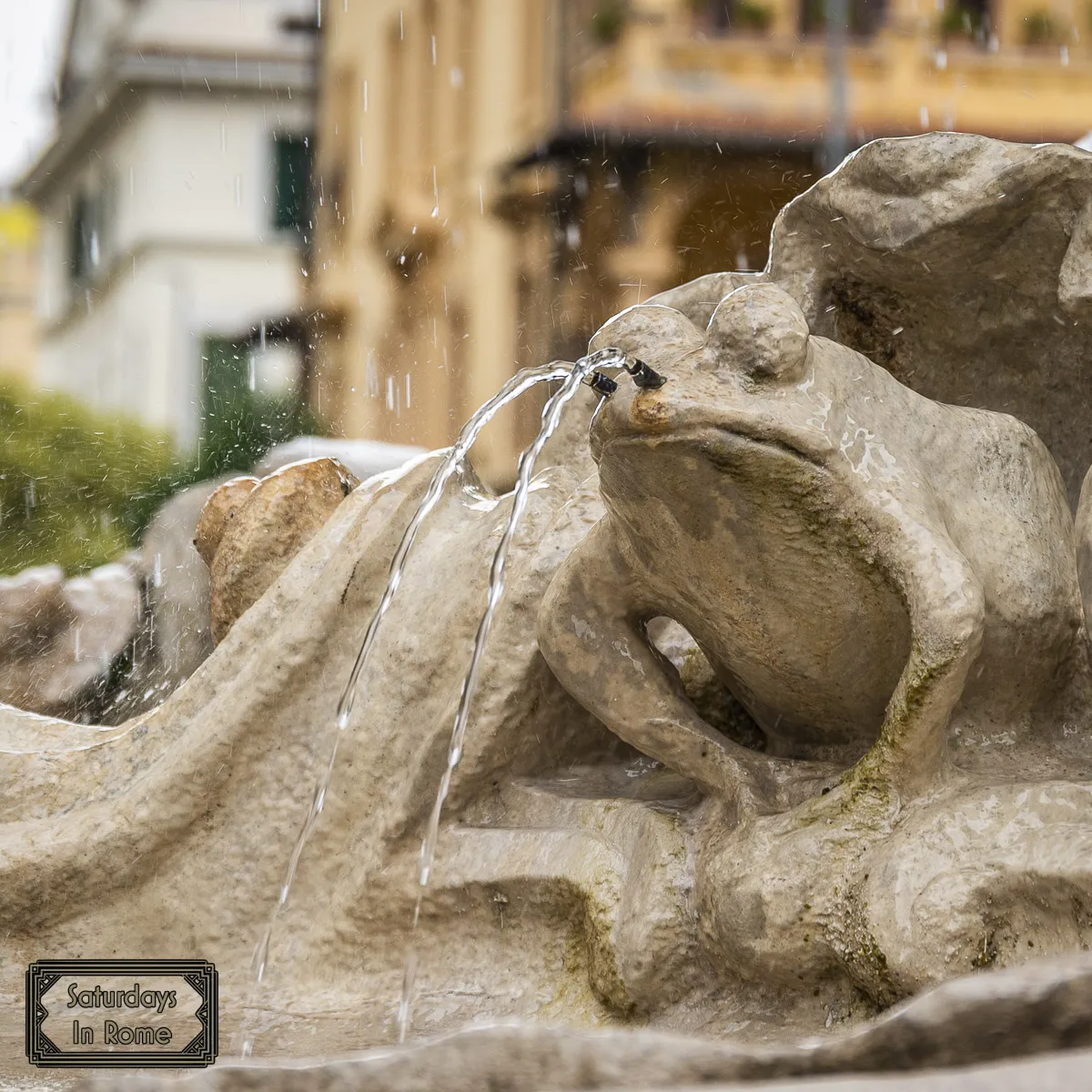
Rome isn’t just a city of ruins and relics, it’s a living mosaic of vibrant neighborhoods, each pulsing with its own unique rhythm. From the stunning ancient sites to a calm hilltop garden, the Eternal City is best experienced by exploring its many distinct districts.
This guide takes you on a journey through some of the most compelling areas of Rome, offering a deeper understanding of their attraction(s) and history with a goal of helping you plan your next trip to Rome. Do you need to go to Gianicolo Hill and what the heck is a Coppedè?
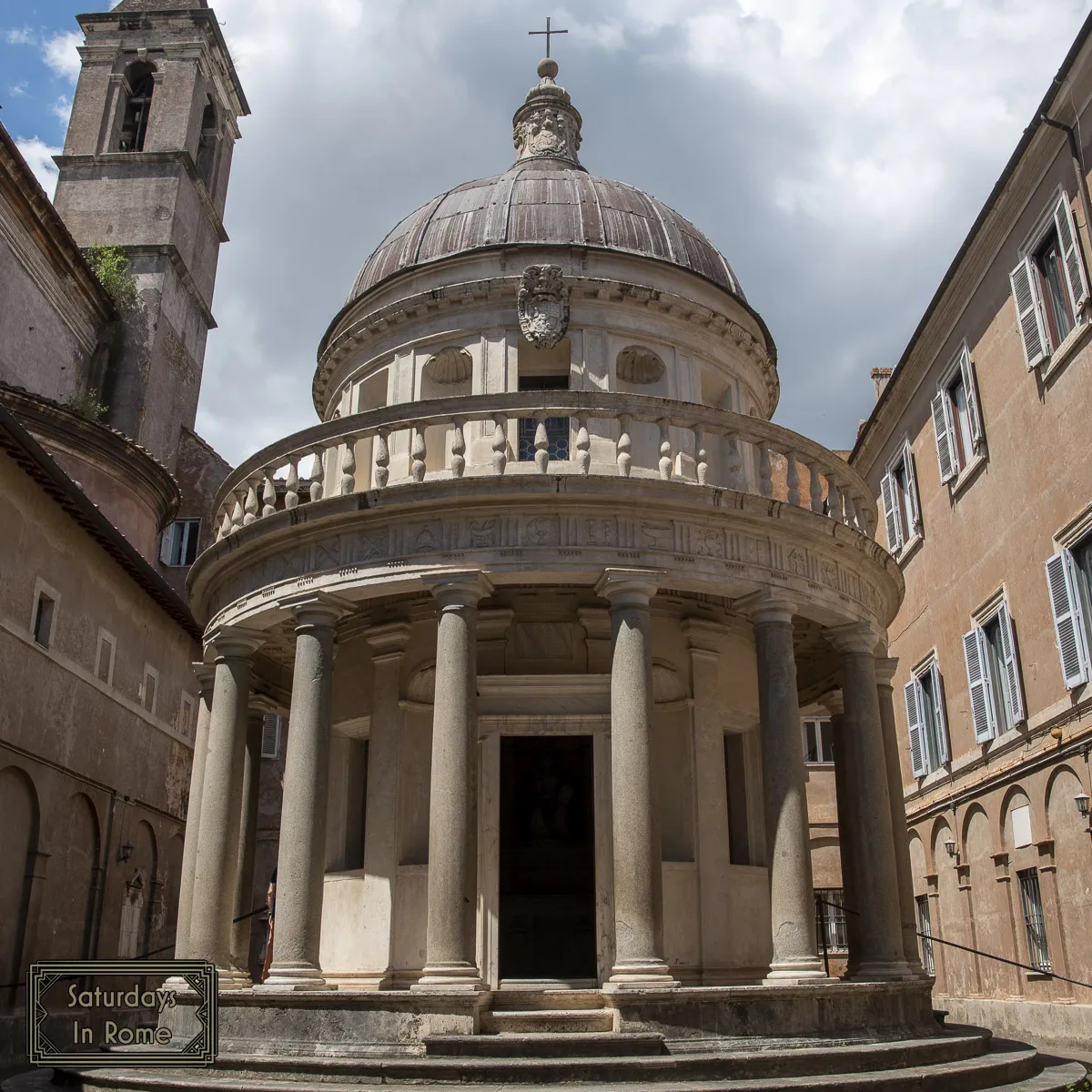
Is this your first time, or have you been to Rome a few times and you are looking for something a little less touristy. Whether you’re looking for panoramic views from every corner of Rome, architectural designs that are original, influential and historical, or are you looking for authentic Roman life away from the tourist sites scattered around the city? Rome’s neighborhoods are waiting to be discovered and this is your guide.
Need Help Planning?
- Cheap Flights: Find The Most Affordable Flights.
- Accommodations: From 1 to 5 Stars And More.
- Car Rentals: Affordable Travel Across Italy.
- Sightseeing Tours: Explore Some Amazing Tours.
- Buying An eSIM: Stay Connected In Italy.
This post includes affiliate links.
The Historic Core Of Rome’s Central Districts
These three districts easily define the central core of Rome and will probably be on your list to visit, regardless of whether this is your first trip here or your 10th.
Monti (Rione I)
Monti is the younger soul of central Rome. Firmly ensconced between the Colosseum and the Roman Forum and Via Nazionale, it’s one of the oldest parts of the city and boasts cobblestone streets, vintage shops, artisan boutiques and some of the best restaurants in the City.
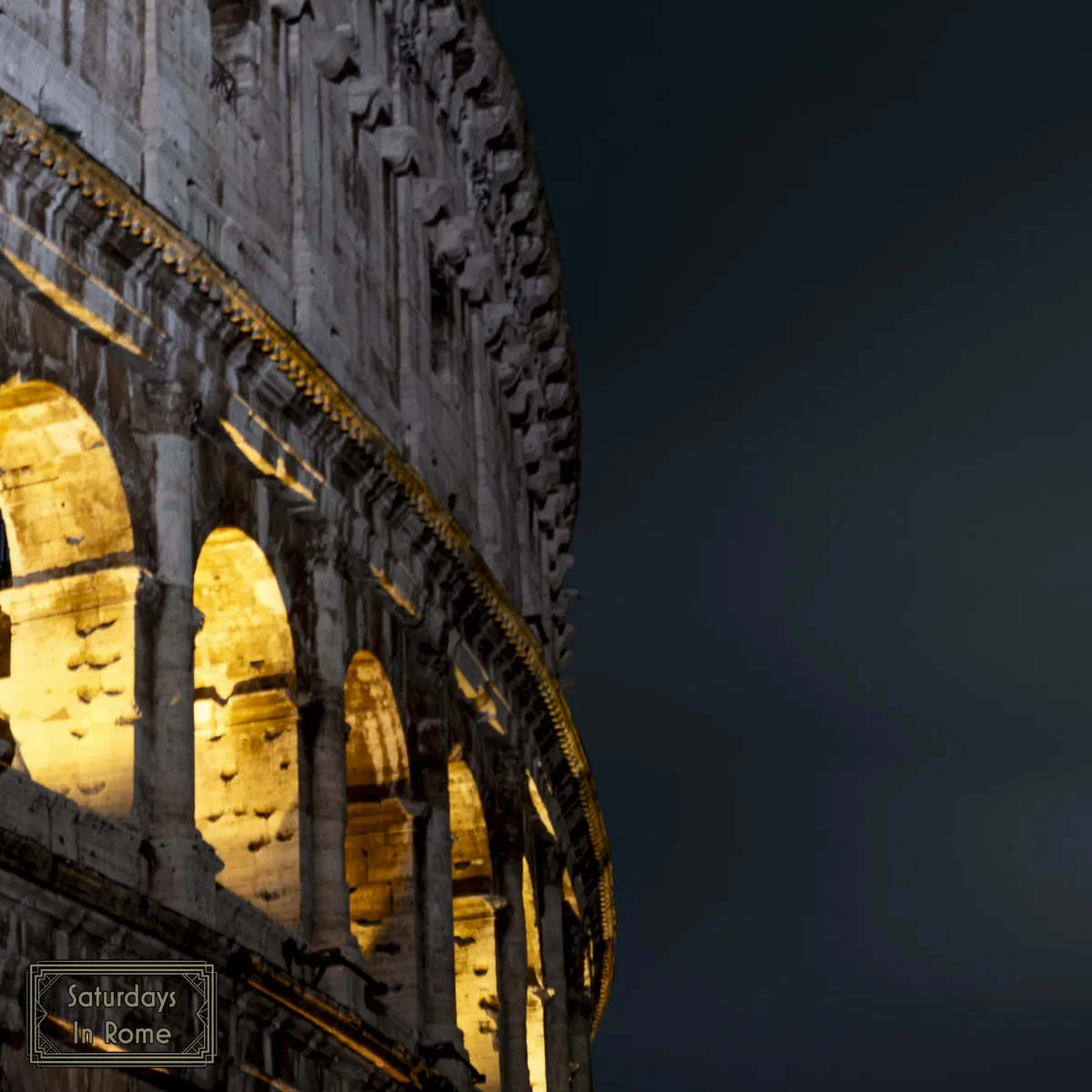
The atmosphere is busy and chaotic, given the volume of tourist traffic. There are small family-run restaurants and hidden piazzas like Piazza della Madonna dei Monti, where despite the tourists you can still find a spot to sit and people watch the locals. Don’t miss Santa Maria Maggiore and Trajan’s Market, reminders of the current events, history and influence to today’s lifestyle.
Trevi (Rione II)
Of course, the Trevi district is the home of the world-famous Trevi Fountain. Beyond tossing a coin into its waters and hoping for fortune to shine down on you, the area offers much more to enjoy, like: sprawling Baroque palaces, elegant piazzas like Piazza Barberini and the grand Quirinal Palace, one of the official residences of the Italian President.
Palazzo Barberini, only steps from the Piazza with the same family name, is a lesser-known gem worth visiting. They frequently have exhibits of some of the most important artists of Rome and Italy, like their recent Caravaggio exhibit that drew art lovers from around the world.

Campo Marzio (Rione IV)
Fashion and Art meet history in Campo Marzio. This elegant area stretches from the Spanish Steps to Piazza del Popolo. Along the way you’ll find a string of amazing art galleries on via Margutta that pair well with the shopping nearby.
This area is a popular destination for luxury shoppers along Via del Corso and Via Condotti, yet also steeped in history with landmarks like the Mausoleum of Augustus and the Ara Pacis Museum along the banks of the Tiber River. Campo Marzio seamlessly blends Rome’s ancient soul with modern sophistication.
The Panoramic Vistas Of Janiculum Hill (Gianicolo)
Janiculum Hill (Gianicolo) is the second tallest hill in the modern city of Rome and has one of the most breathtaking views of Rome that you will find in the city. The hill takes its name from an ancient city that was named after the god Janus.
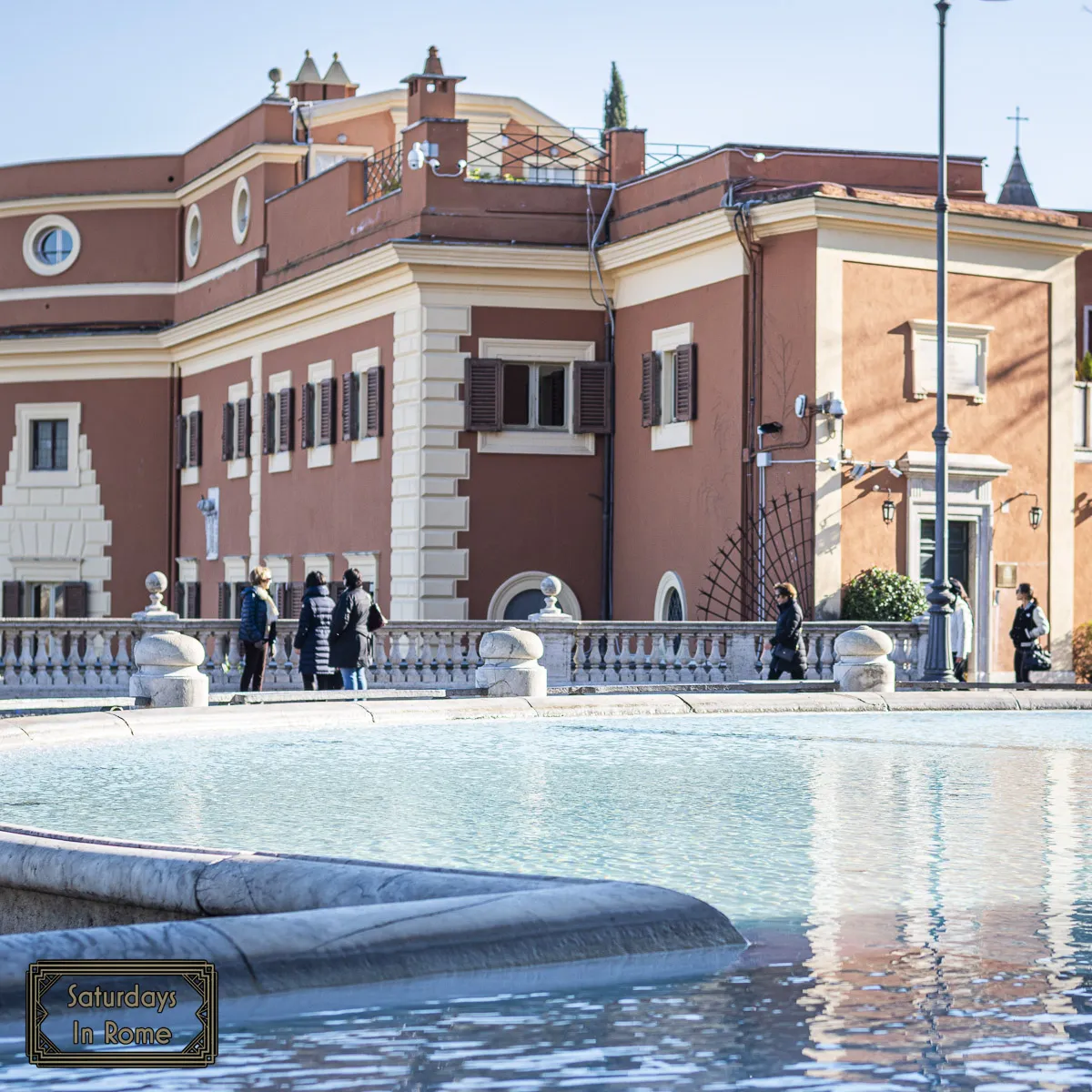
Although not one of Rome’s original Seven Hills, Janiculum Hill offers a quiet respite from the bustling historical center of Rome. It is located just west of Trastevere with this tranquil hill steeped in patriotic significance and natural beauty.
At the summit, Piazza Garibaldi offers a panoramic terrace perfect for sunset watchers. The nearby Fontana dell’Acqua Paola is a stunning 17th-century fountain that often surprises visitors with its scale and tranquility.
Still on my list of things to do, because I missed it when I last was in Gianicolo, is the daily tradition of firing of the cannon at noon, which is a ritual that dates back to the 19th century. The hill also features monuments to the defenders of the Roman Republic, like Garibaldi and a leafy park perfect for a quiet stroll.
Read more about Janiculum Hill
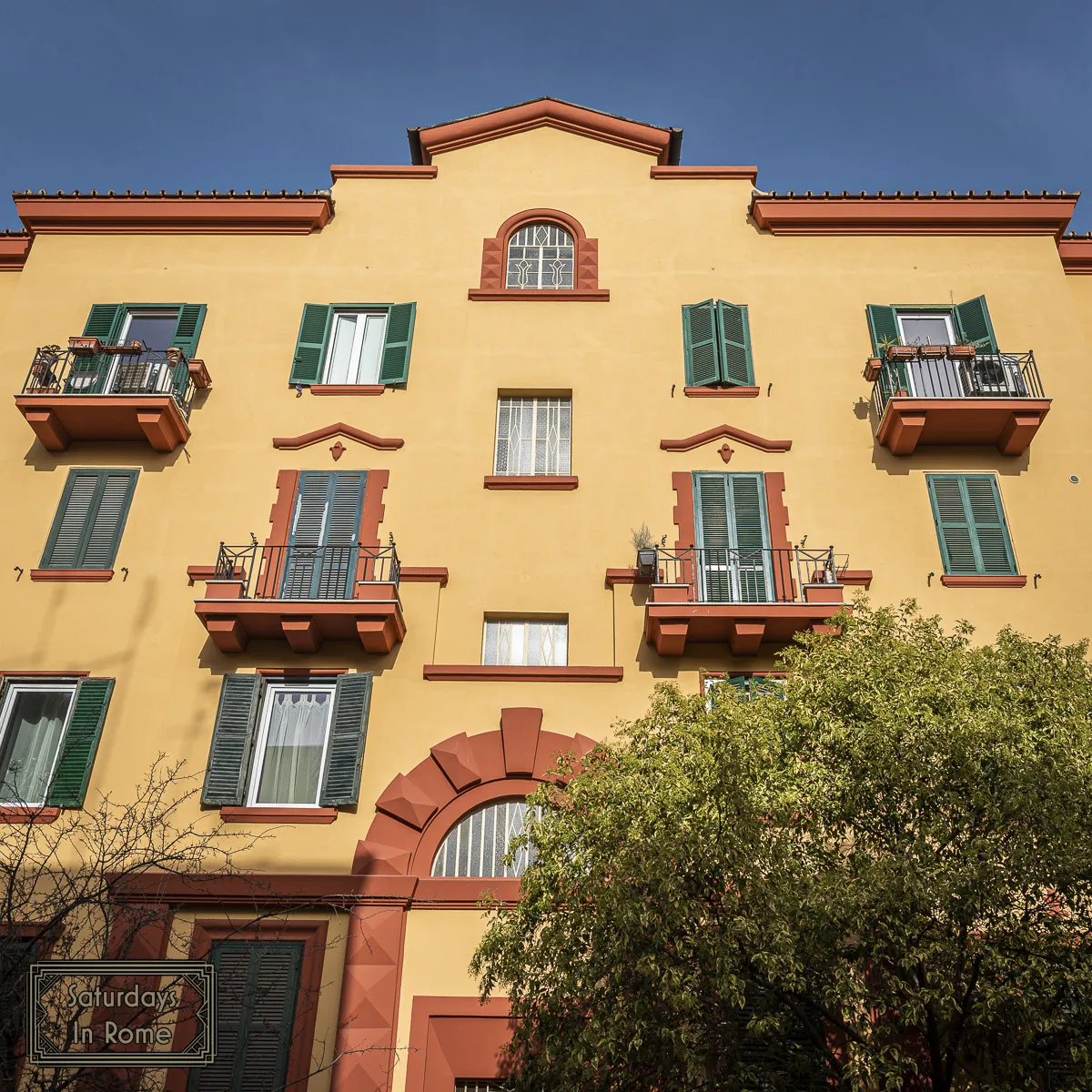
The Authentic Charm Of Garbatella
Garbatella is a true Roman gem that feels like a village within the city. Developed in the 1920s under a “garden city” plan, copied from the British, it features whimsical staircases, leafy courtyards, and a close-knit community atmosphere.
One of the unique aspects of Garbatella is in the architecture. The older section of the neighborhood is divided into lotto, which are the housing units that are made up of several buildings around a common courtyard.
These gardens are a gathering point for the families that live in the surrounding buildings. Architecturally, the primary inspiration of the new district was an updated version of the British garden city. The area was built as a complex of single-family houses with internal courtyards and plots of agricultural land.
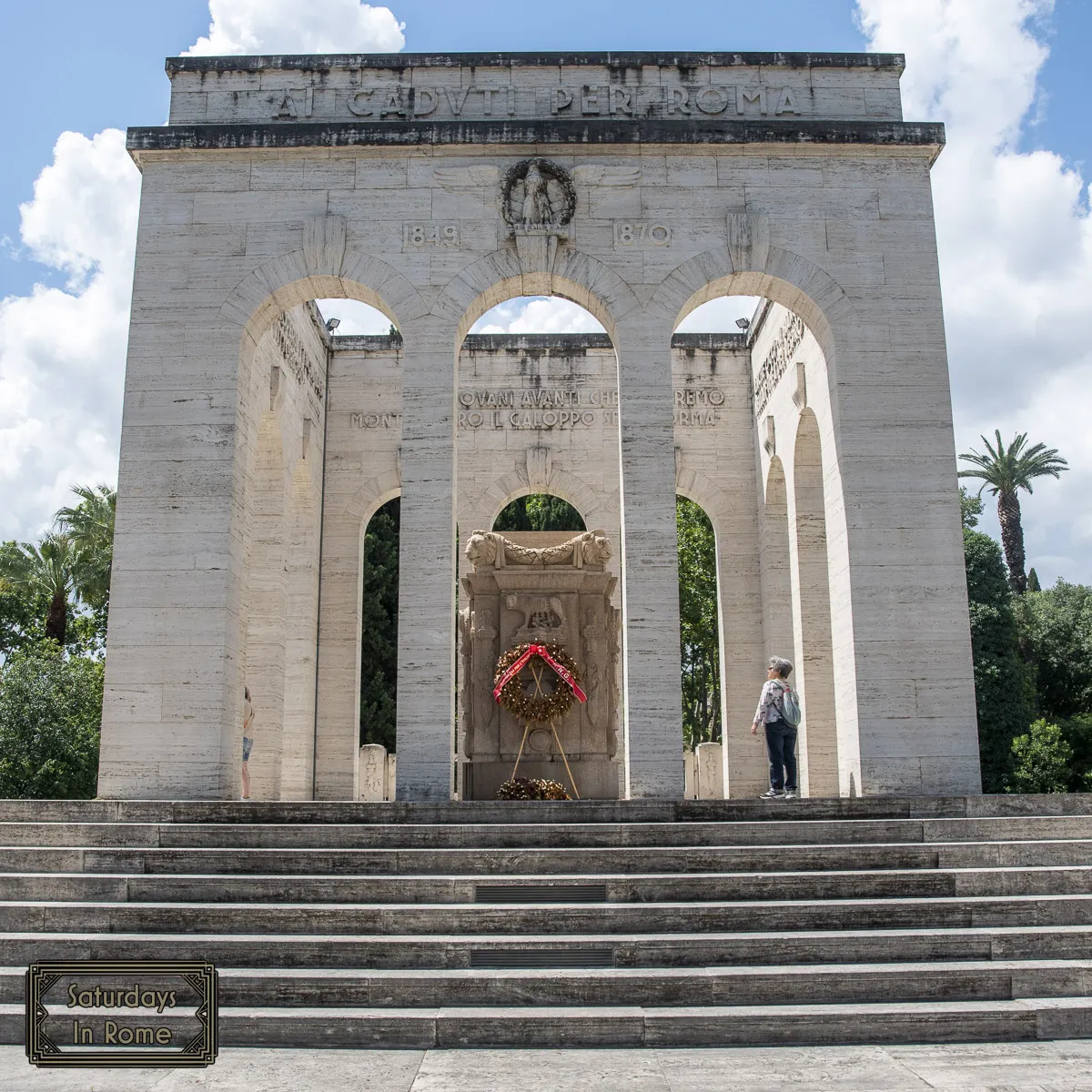
This neighborhood is also incredibly photogenic and full of surprising detail. Tourists will find Garbatella welcoming and safe, even in the evening.
Architectural Marvels In Quartiere Coppedè
When you talk about hidden gems in Rome, I have yet to find a neighborhood as special as Coppedè. The Quartiere Coppedè is like stepping into a fairytale. Designed by Luigi “Gino” Coppedè in the early 20th century, this small but extraordinary area blends Art Nouveau, Gothic, Medieval, and Baroque styles. Its epicenter is Piazza Mincio, home to the whimsical Fountain of the Frogs (La Fontana delle Rane).
The Coppedè Style (Stile Coppedè) was developed in the workshop founded by Mariano, the father of Gino and Adolfo in the Coppedè Artistic House in Florence. The brothers worked in the studio with their father, learning the “Coppedè style” which has become an integral part of Italian culture and taste, with a subtle nod to the non-native and the Moorish influences.
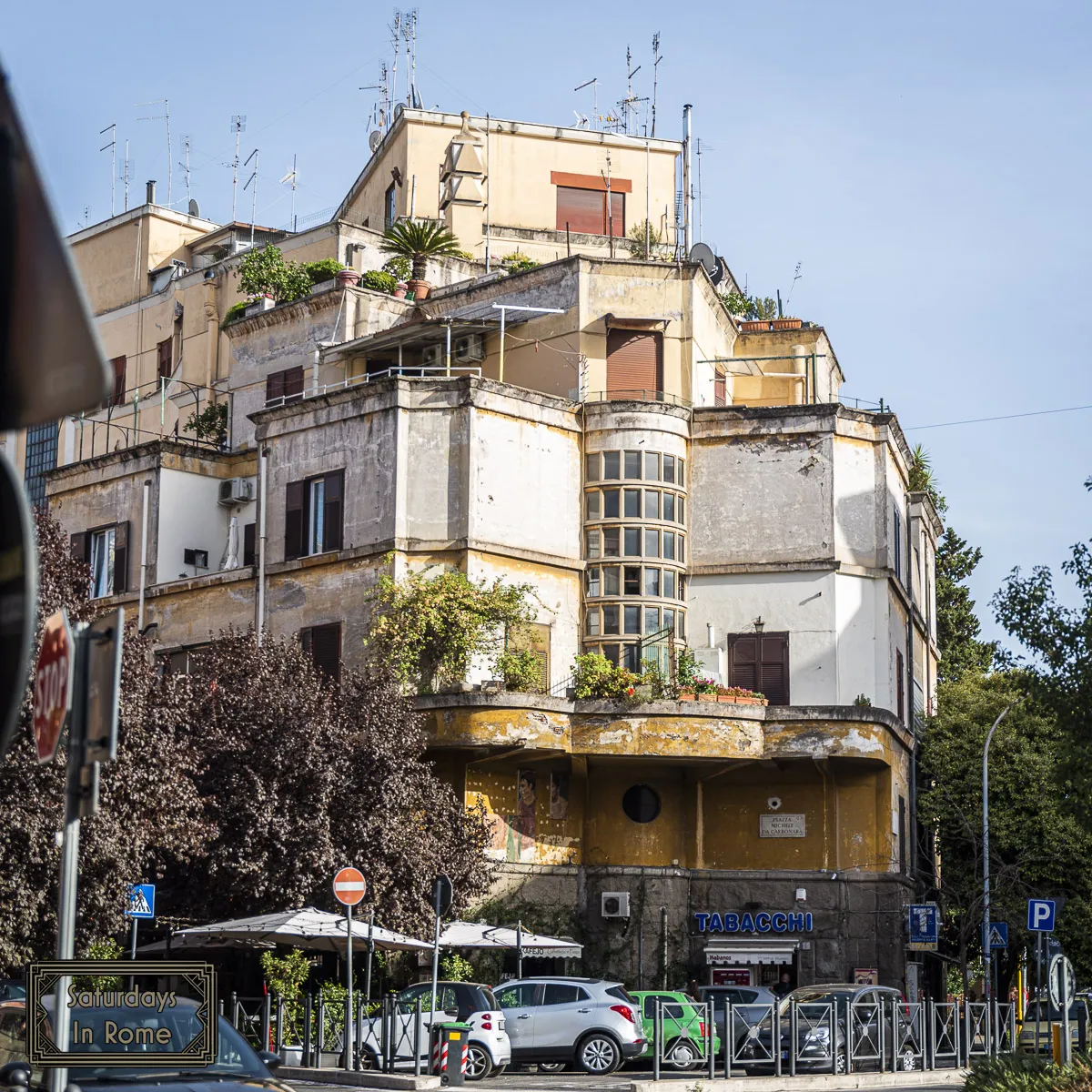
Everything here is adorned with fantastical details: ornate balconies, turrets, and grotesque masks. It’s no wonder the area has been used as a film set for its mysterious and cinematic vibe. Though less known to tourists, Quartiere Coppedè is a must-visit for lovers of architecture and urban curiosities.
The Historical Significance Of The Jewish Quarter
Rome’s Jewish Quarter is one of the oldest in the world, second only to Venice, and has an enduring spirit that reflects centuries of history. Pope Paul IV passed a decree, called a papal bull (bolla), which revoked all the rights granted to Roman Jews and ordered the establishment of the ghetto where they were required to live.
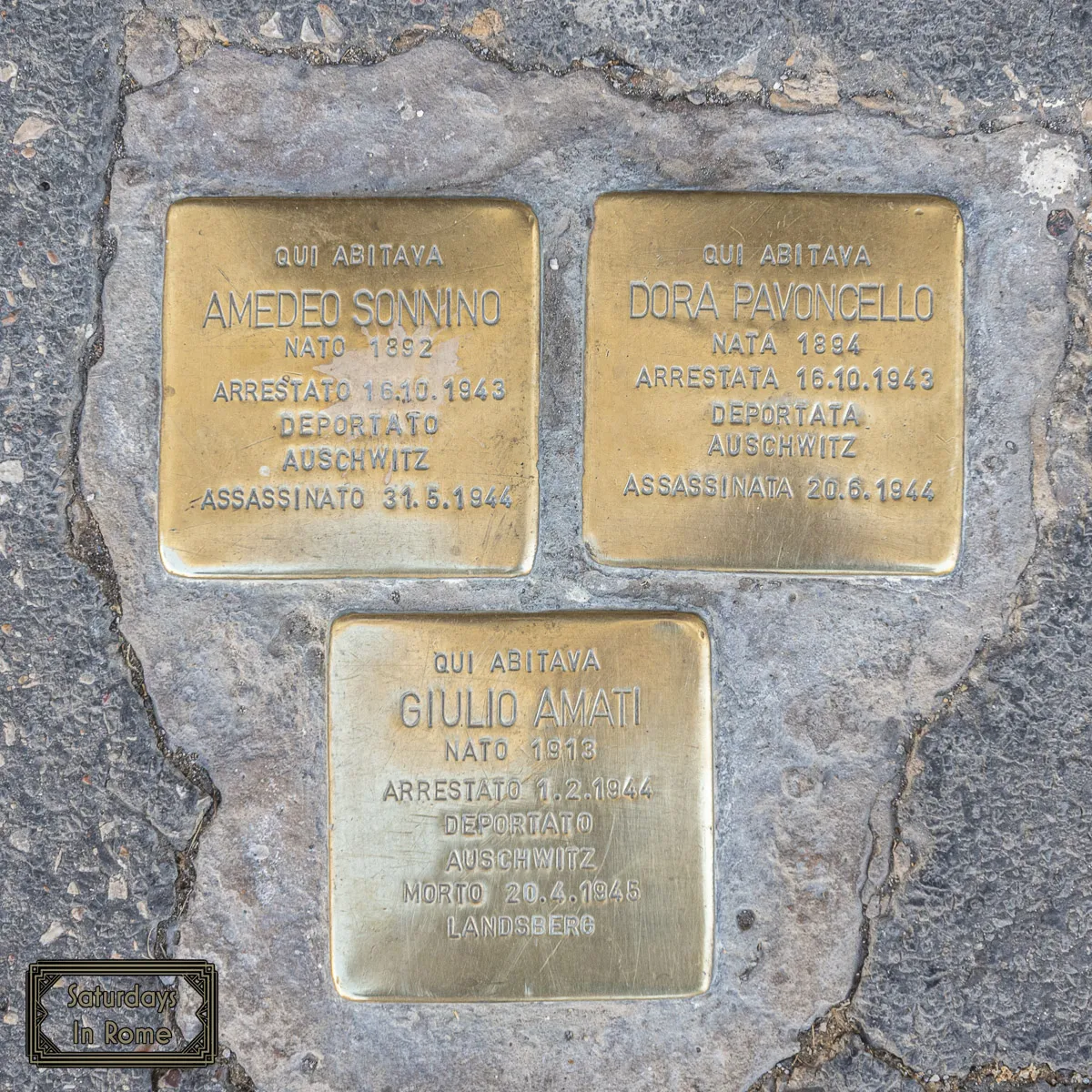
The ghetto now thrives as a cultural and culinary destination. At its heart is the Great Synagogue of Rome, a testament to Jewish resilience and faith.Following the conquest of Rome by the Italian army, the Jews finally achieved full emancipation, equalization of civil rights and the possibility of erecting, after centuries of limitations, their synagogues.
They decided to build one of the largest synagogues in Europe, the Tempio Maggiore, on one of the four plots of land where the Jews they had been locked up for centuries. You can take a tour of the synagogue to learn more about the history of the Ghetto and I highly recommend it.
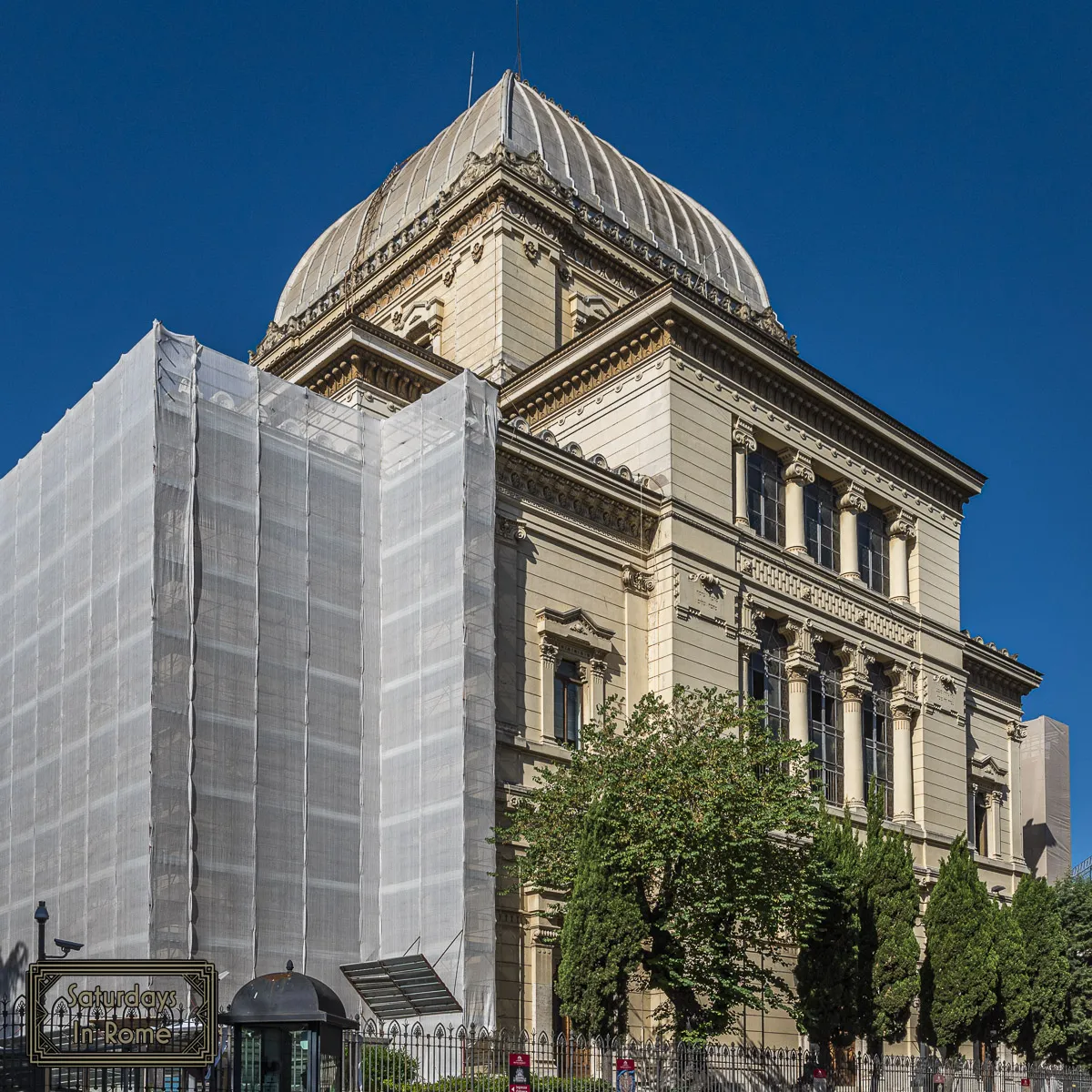
Nearby, the Portico of Octavia and Teatro di Marcello offer ancient Roman marvels. The area is also famed for Jewish-Roman cuisine, especially the crispy and delicious Carciofi alla Giudia (fried artichokes), which should not be confused with the equally delicious, but very different Carciofi alla Romana.
Tragic stories from WWII are commemorated through “stumbling stones” and quiet memorials, ensuring the past is never forgotten. At the last known residence of deported Jews you can see a gold stone, called the Stumbling Stone (pietre d’inciampo), in place of the regular cobblestone with name and deportation information.
A small square block of stone (10 x 10 cm), covered with shiny brass, was placed in front of the door of the house where a deportee in the Nazi extermination camps had lived. The stone remembers the name, the year of birth, the day and the place of deportation, the date of death.
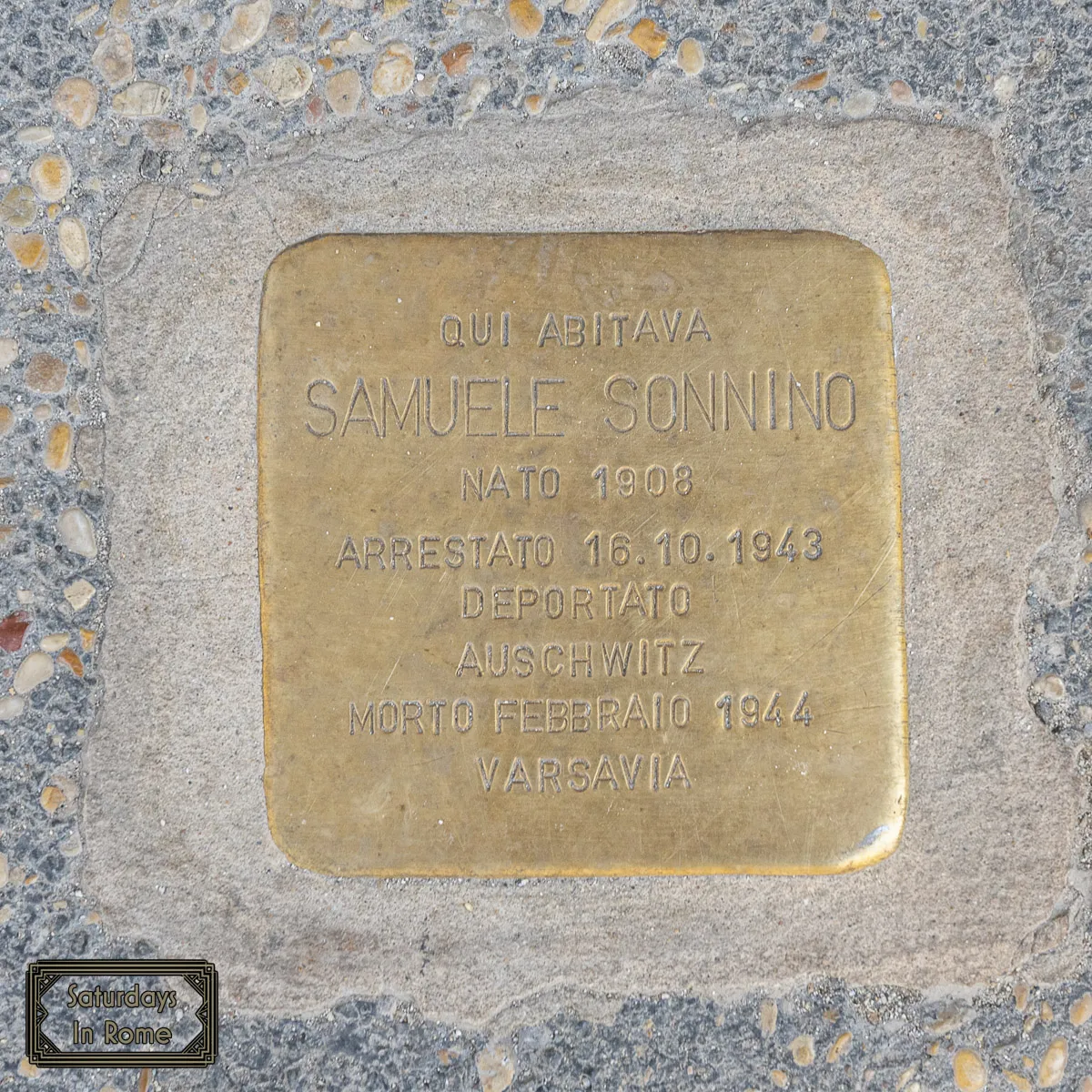
While you will find these “stones” all over the Jewish ghetto, you will also see them in front of buildings all around Rome in the historic center. The ubiquitousness of these stones, to me, really demonstrates the scale of the attack on the Roman jews during WWII as they were rounded up and shipped off to Auschwitz, most commonly.
Your Guide to the Jewish Quarter
Modernist Vision: EUR District
Unlike any other area in Rome, EUR (Esposizione Universale di Roma) showcases Fascist-era architecture with grand symmetry and stark lines. It was Mussolini’s ambitious project for a world exposition in 1942, which never took place due to WWII. Today, EUR remains a functioning business and government district.
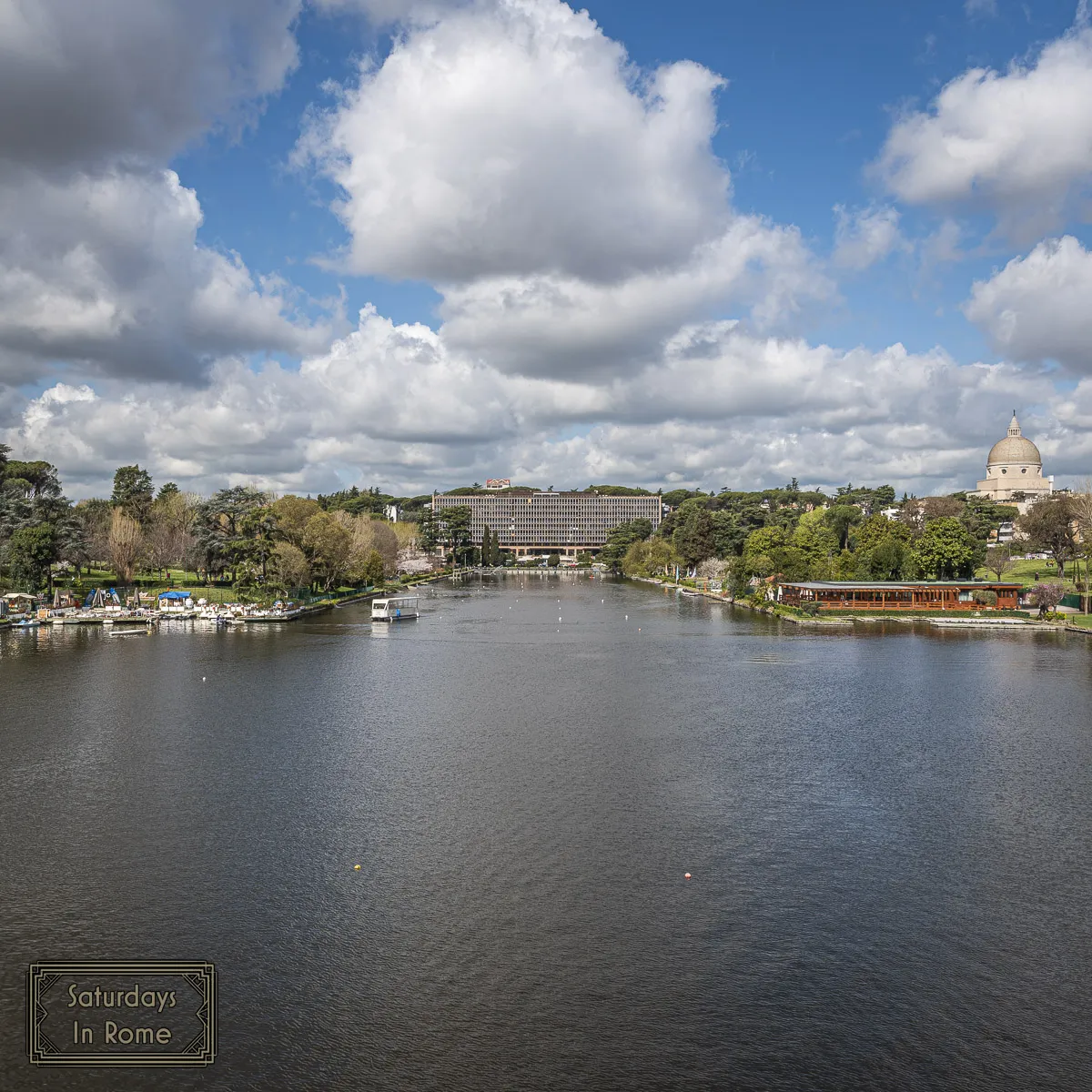
The design of the district was inspired by the ideology of fascism and by classical Roman urban planning, bringing to it the elements of Italian Rationalism, which is a varied system with orthogonal axes and grand, imposing, massive and square architectural buildings, mostly built with white marble and travertine to remind visitors of the temples and buildings of imperial Rome.
The most iconic structure here is the Palazzo della Civiltà Italiana, known as the “Square Colosseum.”
The building has a square plan with four equal faces which all have 54 arches on each face, with 9 rows and 6 columns. In these arches on the ground floor there are 28 statues, each of them representing the virtues of the Italian people. These are:
| Heroism | Philosophy | Architecture | Printing |
| Music | Commerce | Law | Medicine |
| Craftsmanship | Industry | The Primacy Of Navigation | Geography |
| Political Genius | Archeology | Sculpture | Physics |
| Social Order | Astronomy | Mathematics | The Genius Of Poetry |
| Work | History | The Genius Of Theater | Painting |
| Agriculture | Inventive Genius | Chemistry | Military Genius |
Other highlights include the Palazzo dei Congressi and the serene EUR Lake, which is teaming with cherry blossoms in the spring, and shouldn’t be missed. EUR’s unique aesthetic offers a striking contrast to the rest of the city.
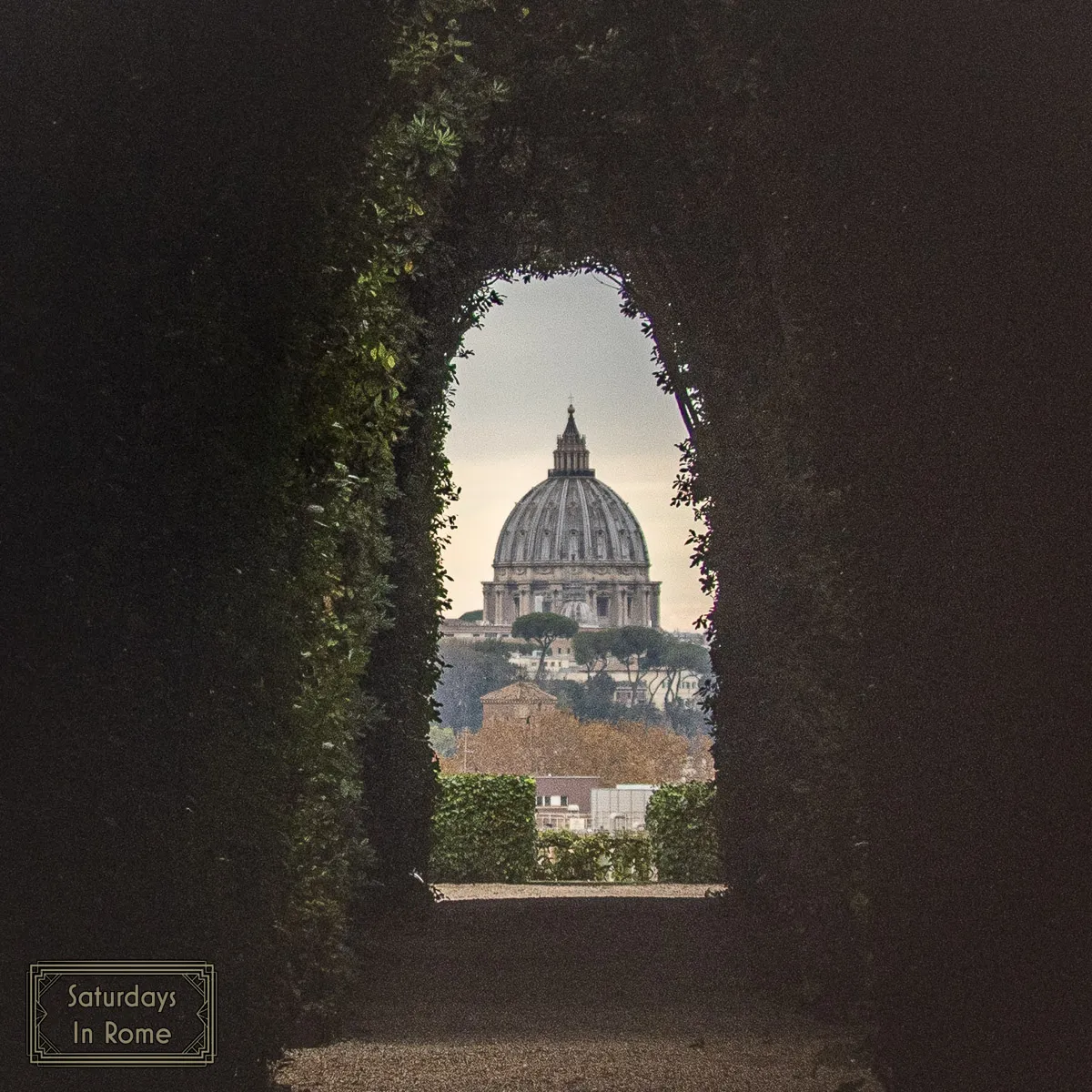
A Tranquil Retreat On Aventine Hill
Aventine Hill is a peaceful haven in the heart of Rome. It’s one of the original Seven Hills and home to elegant residences, churches, and beautiful gardens. Among the star attractions are the “keyhole” of the Knights of Malta, the Orange Garden and the Rose Garden, which definitely should not be missed in the spring for the blooming roses, or anytime for amazing views of the city.
The Giardino degli Aranci (Orange Garden), where locals come to relax and enjoy panoramic views of Rome. Nearby, the Basilica of Santa Sabina offers spiritual serenity and a glimpse into early Christian architecture.
Additional Noteworthy Districts
Testaccio (Rione XX)
In the past, Testaccio was often overlooked by tourists, but today, thanks to a large number of YouTubers, Testaccio is the heart of Roman culinary tradition. From traditional Roman offal-based dishes (known colloquially as Quinto Quarto, meaning: the fifth quarter) to gourmet restaurants, this district feeds the soul.

Visit the Pyramid of Cestius, stroll through the Testaccio Market, or explore Monte Testaccio, a hill made entirely of broken amphorae from Roman times. You might also consider checking out the Mattatoio. Today it is an art gallery, but it stands in the footprint of a former slaughter house.
Trastevere (Rione XIII)
Located on the “other” side of the Tiber River, Trastevere, which means: “Beyond The Tiber” is a former artists colony that has grown in popularity with locals and tourists alike. With its ivy-clad buildings, bustling piazzas and world-class restaurants, it’s perfect for a romantic evening out.
Recently, we experienced an unpleasant walk around a section of Trastevere that you might also want to know about.
Prati (Rione XXII)
Just north of the Vatican, Prati is elegant, orderly, and ideal for shopping. With wide boulevards, Umbertino buildings and Art Nouveau cottages, and fewer tourists, it’s a pleasant place for a slower-paced Roman experience. Via Cola di Rienzo, one of the most famous streets in Rome, is consistently ranked among the most important shopping streets in the city.
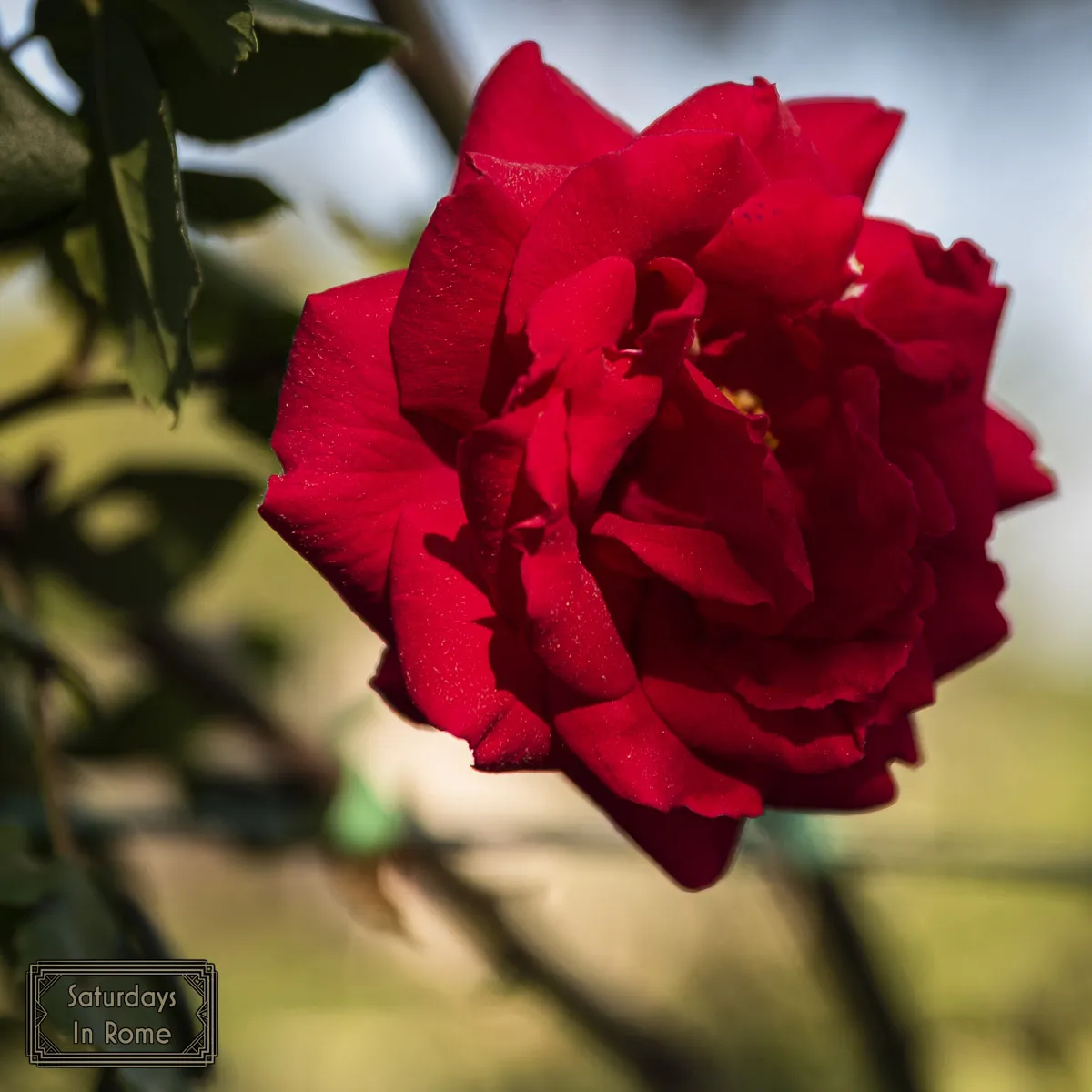
More Neighborhood Information
Rome isn’t just a city you visit, it’s a city you experience neighborhood by neighborhood. Each district, from the ancient Jewish Ghetto to modernist EUR, offers a new perspective on the Eternal City. By stepping outside the usual tourist routes and into the local neighborhoods, you’ll gain a richer, deeper understanding of Rome’s cultural and historical fabric.
Whether you’re looking for a scenic vista, an architectural wonder, or a plate of unforgettable pasta, you’ll find it in one of Rome’s diverse neighborhoods. So lace up your walking shoes, bring your curiosity, and start exploring; Rome awaits.
Be sure to check out the supporting articles linked throughout for detailed guides on each neighborhood:
- Top Sites to See in Rome: Our Complete Guide.
- The Roman Colosseum: An Icon of The Ancient World.
- Exploring Rome Parks: A Guide to the City’s Greenspaces.
- Exploring The Great Churches of Rome One Altar At A Time.
- The Seven Pilgrim Churches Of Rome Are A Way To Connect.
- The Beautiful Rome Fountains You Must See On Your Next Visit.
- Egyptian Obelisks In Rome Need To Be On Your Itinerary.
- Modern Sites In Rome: Contemporary Sites Worth Visiting.
- Ancient Sites In Rome – Exploring the Most Important Sites.
- Beautiful Places In Rome, Italy That Shouldn’t Be Missed.
- Bad Tourist Behavior In Italy Needs To Be Avoided By All.
- Janiculum Hill Has Some Of The Best Views In All Of Rome.
- Is Garbatella, Rome Safe For Tourists To Visit At Night?
- The Quartiere Coppedè In Rome Is Waiting To Be Discovered.
- Rome’s Jewish Quarter – Your Guide To The Amazing Sites.
- EUR Rome: A Historical District That You Should Experience.
- More Districts In Rome, Italy That You Should Visit.
- The Districts Of Rome Are All Uniquely Roman Experiences.
- Aventine Hill In Rome Is A Beautiful Escape From The Chaos.
- Living In Trastevere Could Be An Unexpected Nightmare.
